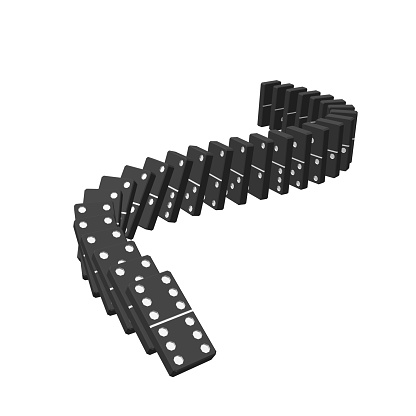Mathematical induction is a mathematical proof technique. It is essentially used to prove that a statement P(n) holds for every natural number n = 0, 1, 2, 3, ...
A proof by induction consists of two cases. The first, the base case (or basis), proves the statement for n = 0 without assuming any knowledge of other cases. The second case, the induction step, proves that if the statement holds for any given case n = k, then it must also hold for the next case n = k + 1. These two steps establish that the statement holds for every natural number n. The base case does not necessarily begin with n = 0.

Lecture Notes
Further Reading
- Handwritten Notes from class on 2/19: The blue eye problem PDF document
- Handwritten Notes from class on 2/21: Proof by induction PDF document
- Handwritten Notes from class on 2/24: Proof by induction (2) PDF document
- Handwritten Notes from class on 2/28 - 3/3: Fibonacci PDF document





